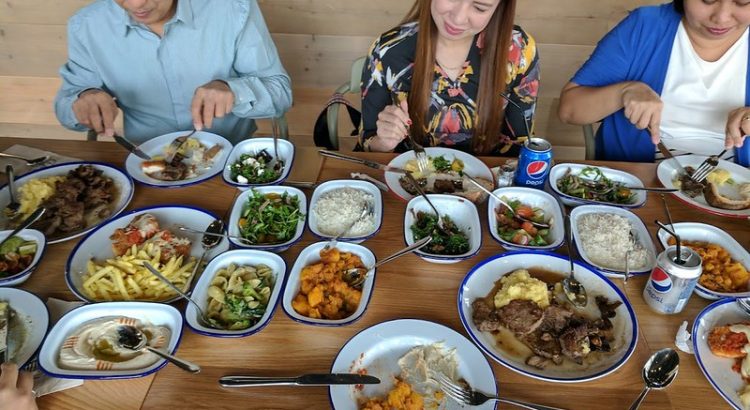Mclub World – Travel is no longer just about scenic views or shopping for souvenirs. Today, more travelers are drawn to exploring local flavors and culture through food. Culinary travel has become one of the fastest-growing segments in global tourism. The chance to taste authentic dishes in their place of origin offers a deeply personal experience. This form of travel connects people with tradition, history, and community—all through what’s on the plate. It’s no surprise this industry is now worth billions and still expanding.
“Read More: Top 10 Luxury Premium Cigar Popular Brands in the World, Rare Cigars Collection”
A More Personal Experience
Food tells a story, and culinary travelers want to hear it firsthand. Sitting at a street-side stall or traditional market isn’t just about eating—it’s about connecting. Every bite reveals something about local life. Travelers get to see how dishes are prepared, listen to the cooks, and experience customs they can’t find in typical tourist spots. These small, intimate moments often leave a bigger impression than any guided tour.
Top Culinary Destinations Around the World
Certain countries have risen to the top as culinary hotspots. Thailand’s flavorful street food continues to attract global foodies. Italy draws travelers for handmade pasta and wood-fired pizza rooted in family tradition. Japan combines precision and passion in every bowl of ramen or bite of sushi. In Latin America, Peru and Mexico stand out for their use of fresh herbs, spices, and native ingredients. Indonesia is also gaining attention for its rich, regional diversity of flavors.
“Read About: Navigating Mental Health in the Digital Era”
A Strong Economic Impact
Culinary travel drives real economic value. According to the World Food Travel Association, over 90% of travelers say food influences their travel choices. It’s not just hotels and flights—they spend on meals, local snacks, cooking classes, and food tours. Street vendors, family-run eateries, and food producers benefit directly. When destinations manage their culinary assets wisely, the rewards ripple through local economies long after travelers head home.
Power of Media and Influencers
Social media has transformed how culinary travel grows. People now discover new food destinations through YouTube videos, TikTok recipes, or Instagram posts. Influencers showcase hidden gems—tiny food stalls or unique local dishes that traditional brochures never mention. A single viral post can inspire thousands to book flights just for the food. Today, visual storytelling drives more traffic than ads. Travel decisions are shaped by shared experiences, not marketing slogans.
Future Challenges and Opportunities
Despite rapid growth, culinary travel faces challenges. Sustainability is one—how to preserve local food sources under rising tourist demand. Another is ensuring that small vendors can keep up with global interest. Food safety, hygiene, and consistent service all need improvement. But the potential remains huge. Local governments can support culinary routes, cooking classes, and food festivals. With the right support, food can continue to bring people together—and turn entire regions into must-visit destinations.




